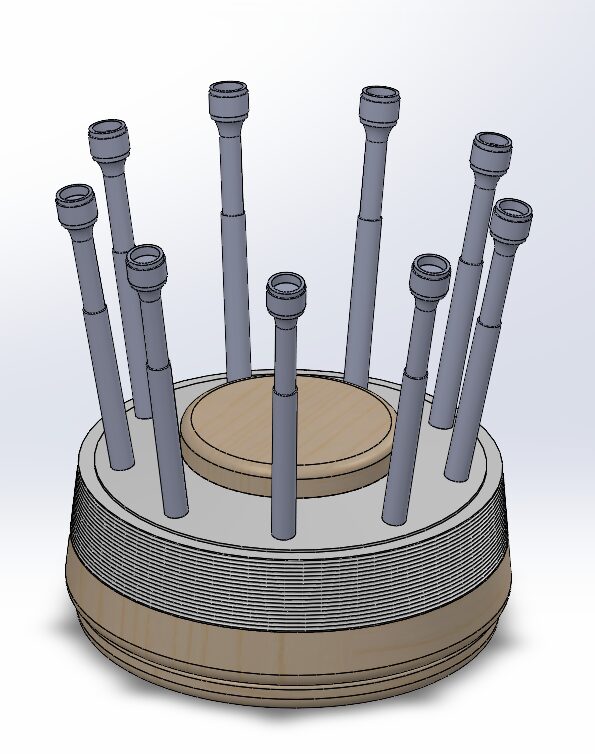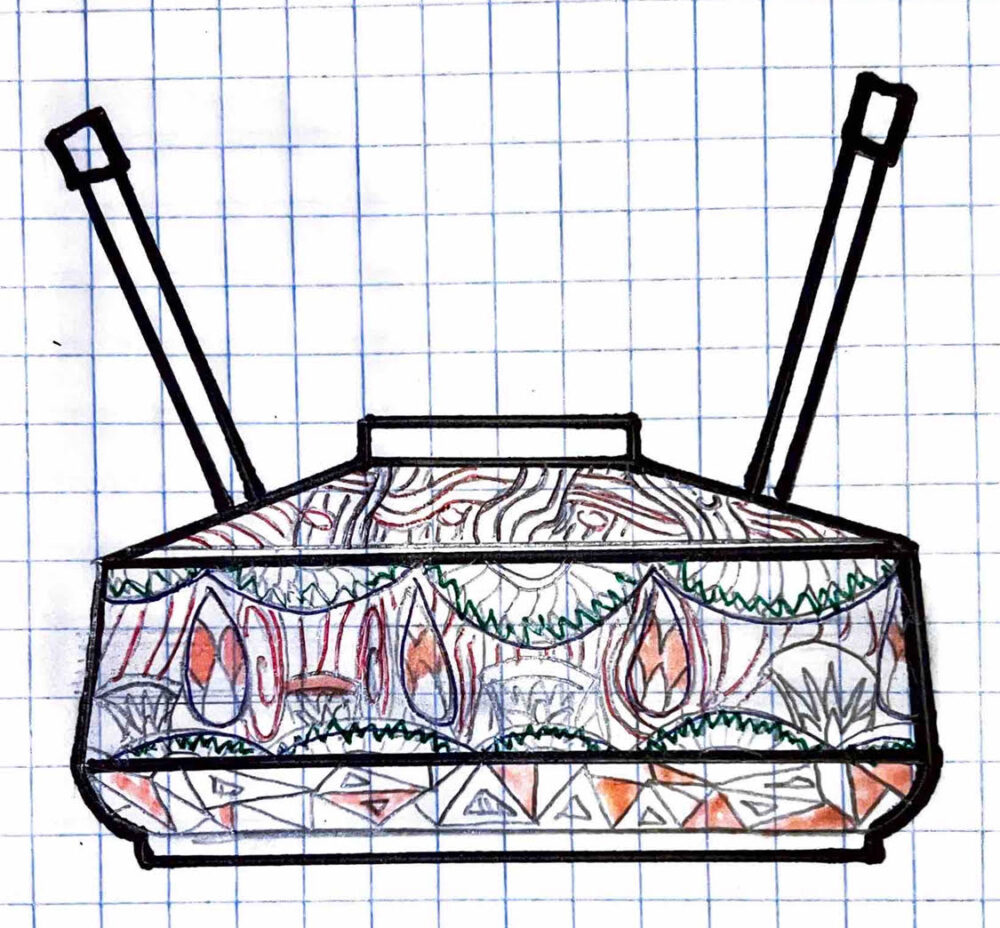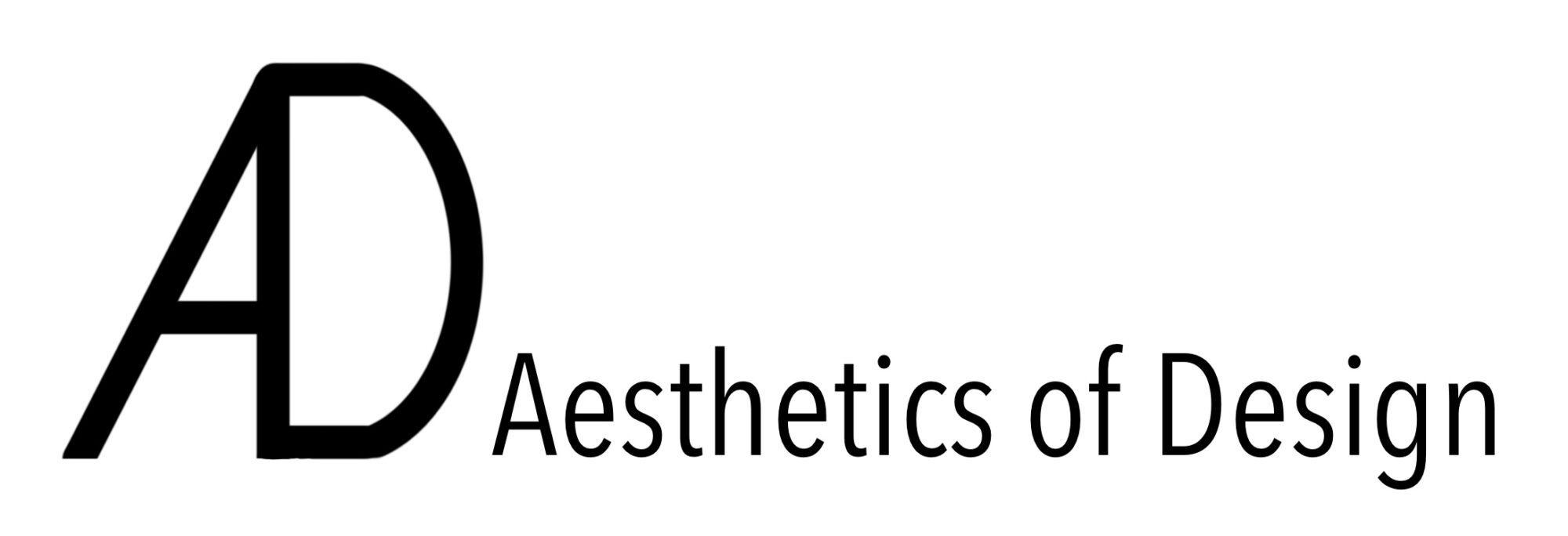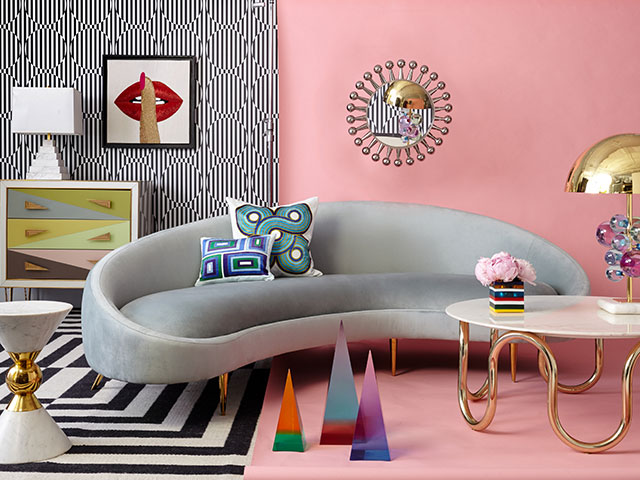
For my upcycle project, I am designing a watchmaker’s screwdriver stand inspired by the Japanese stationery aesthetic, a style that emphasizes minimalism, refined proportions, and a balance between form and function. My design incorporates natural materials like bamboo, smooth Delrin, and knurled aluminum, creating a cohesive look that is both functional and visually harmonious.
If I were to create the opposite of this aesthetic, I would embrace maximalism, a design approach that celebrates excess, ornamentation, and visual complexity. Maximalism is the antithesis of Japanese minimalism, favoring bold colors, intricate patterns, and an abundance of decorative elements. Where my original design relies on restraint and subtlety, a maximalist version would be loud, highly detailed, and deliberately extravagant.
Maximalist Sketch & Design Description

A maximalist screwdriver stand would be visually overwhelming, featuring a mix of vivid, high-contrast colors and intricate patterns rather than the calm, neutral tones of my current design. Instead of the clean, natural bamboo-and-white aesthetic, I might incorporate heavily lacquered wood, metallic embellishments, and bright synthetic materials like neon acrylic.
The shape would be asymmetrical and highly ornamental, with decorative engravings, embossed textures, and unnecessary embellishments. Instead of a seamless, functional rotating mechanism, the stand might include additional layers, sculptural details, or exaggerated forms that serve no practical purpose.
Function & Materials in a Maximalist Approach
Although the core function of the stand would remain the same, the user experience could be somewhat different. Rather than being intuitive, clean, and simple, a maximalist screwdriver stand might feel over-designed, requiring the user to navigate excessive compartments, elaborate mechanisms, or purely aesthetic details that do not enhance functionality.
For materials, I could swap bamboo for ornate, lacquered hardwood with intricate inlays or gilded details, replace Delrin with brightly colored resin, and exchange knurled aluminum for highly polished brass or engraved metal surfaces. The result would be a tool holder that prioritizes visual impact over practicality.
Conclusion
Exploring the maximalist opposite of my aesthetic reinforces my appreciation for the Japanese stationery design philosophy. While maximalism can be expressive and bold, it often sacrifices simplicity and usability in favor of visual excess. This exercise highlights the importance of balance, material harmony, and intentionality, principles that guide my approach to designing a screwdriver stand that is both functional and elegant.


1 Comment. Leave new
This is a really cool project and I’m a big fan of how the design informs the purpose, with the minimalist aesthetic driving home that focus even more. You mentioned with the maximalist aesthetic creating features that seem unintuitive and only serve an aesthetic purpose, and I was just curious how you might go about doing that. Can’t wait to see the final project!